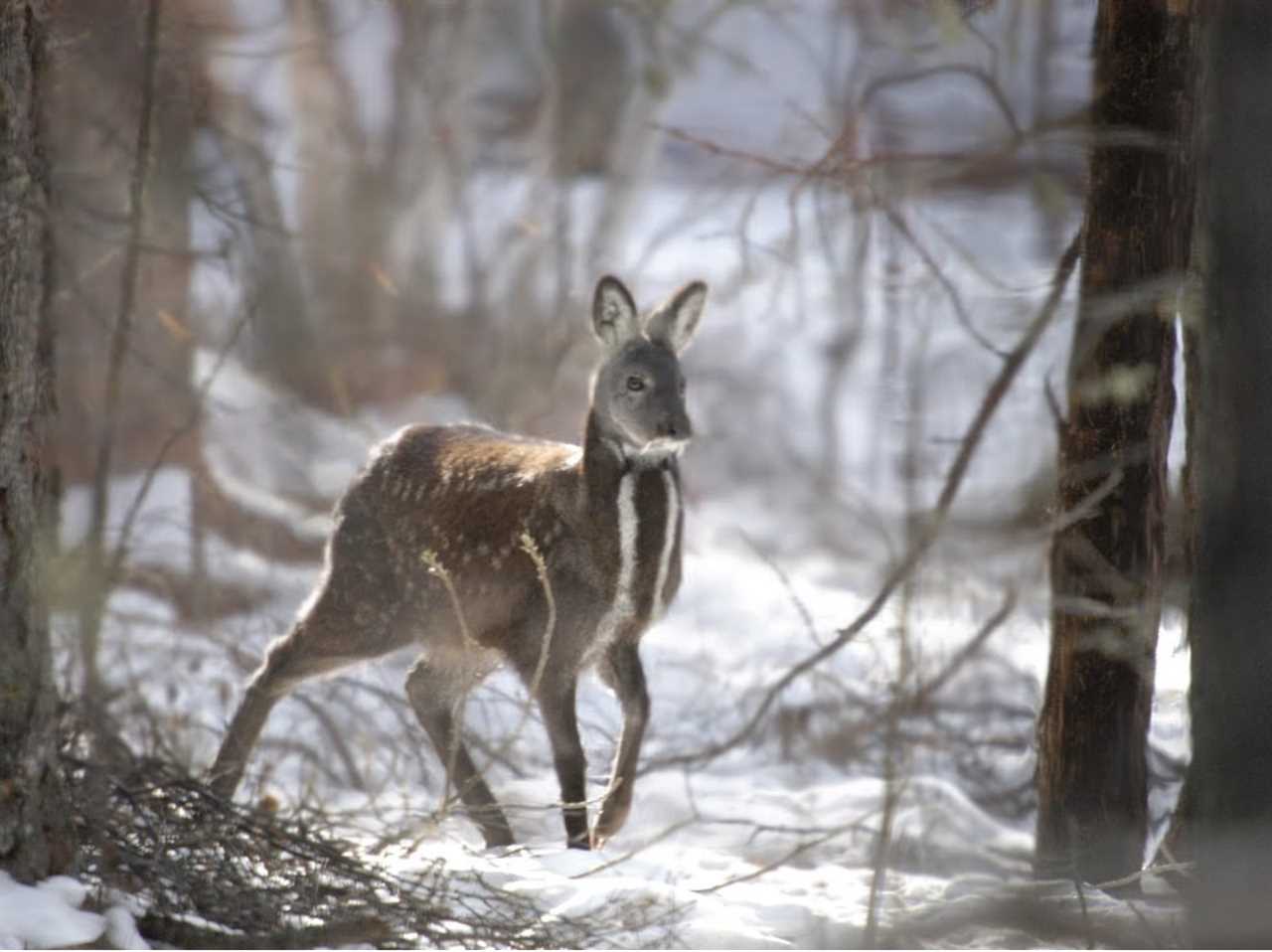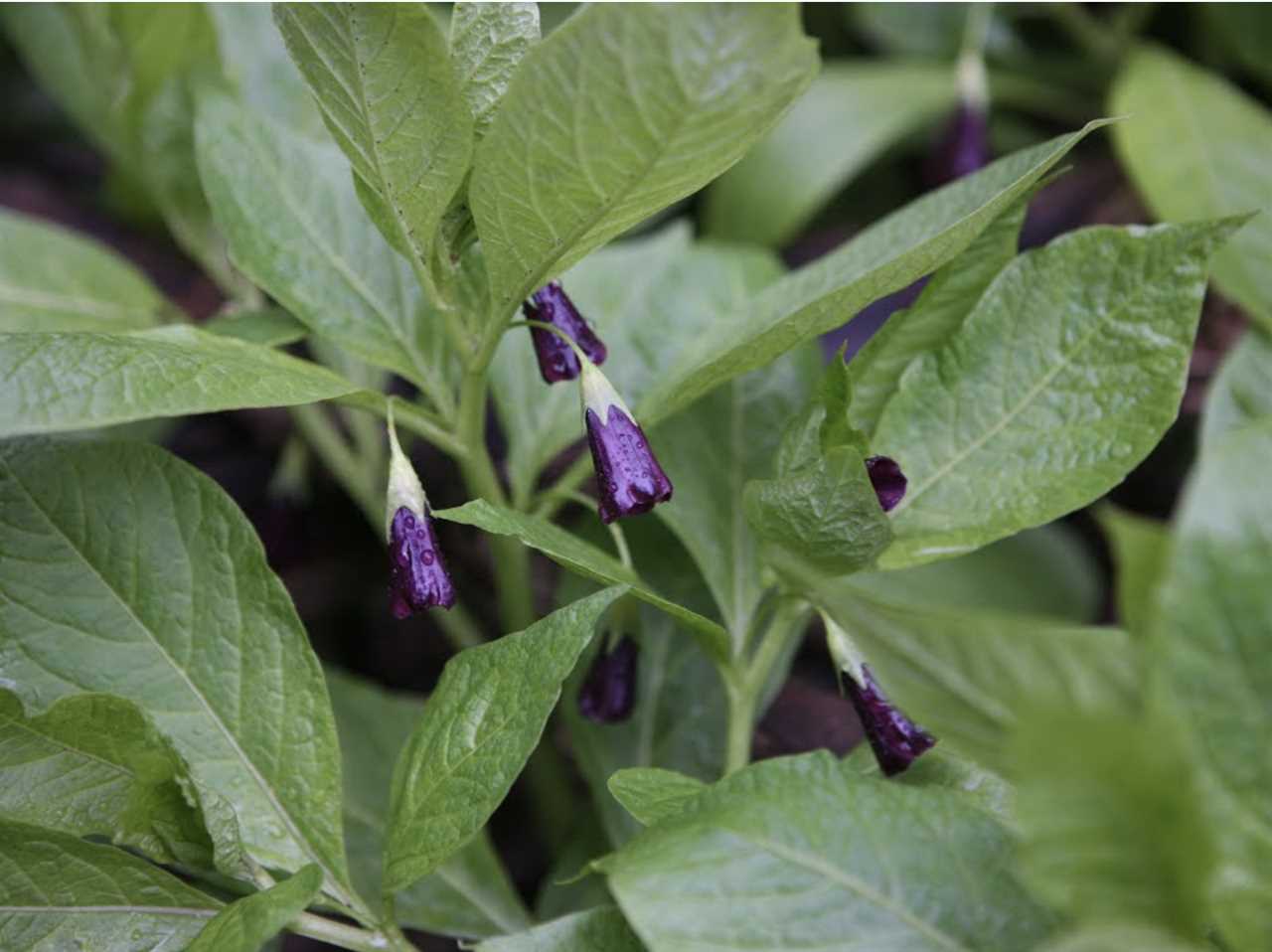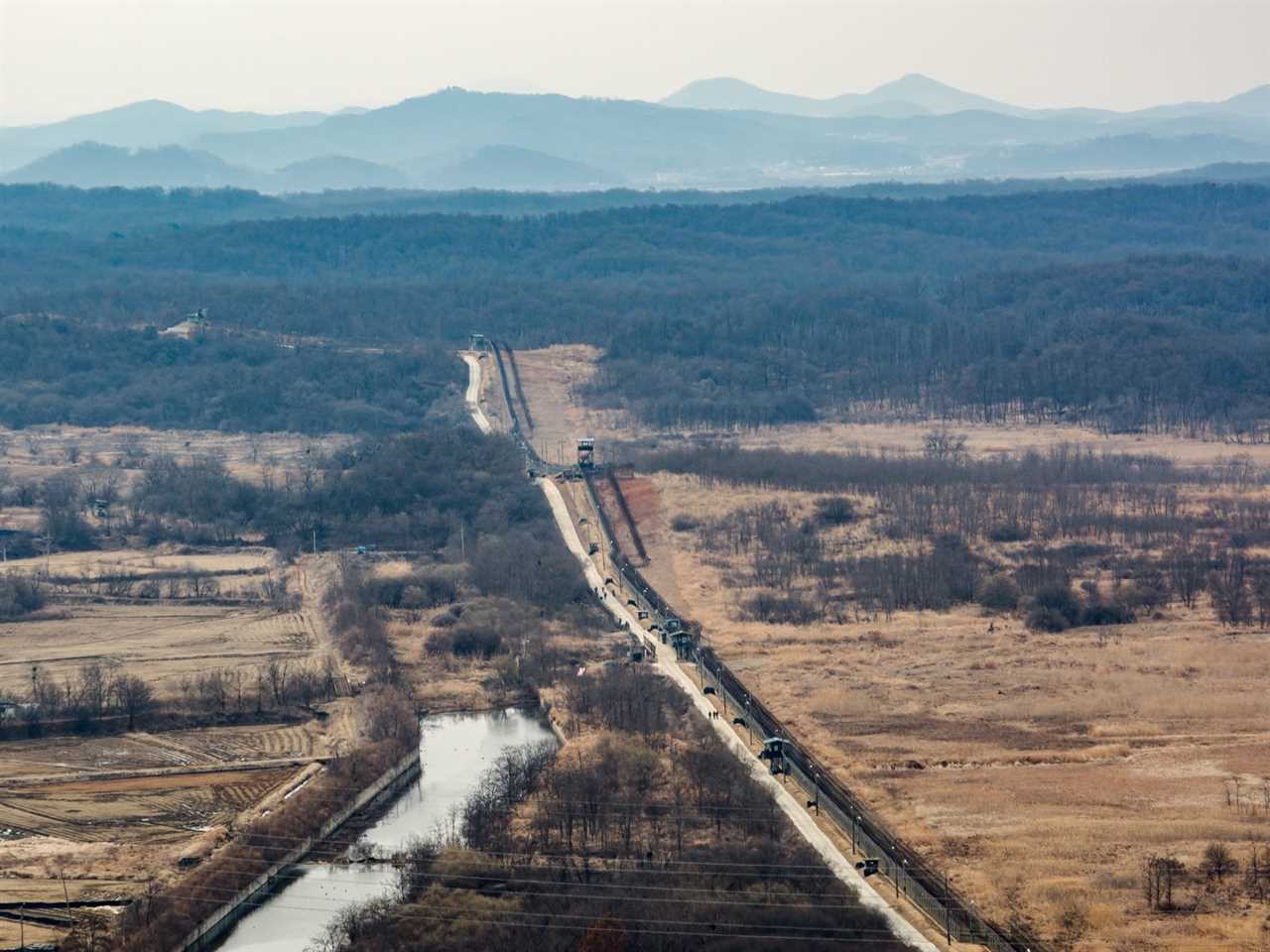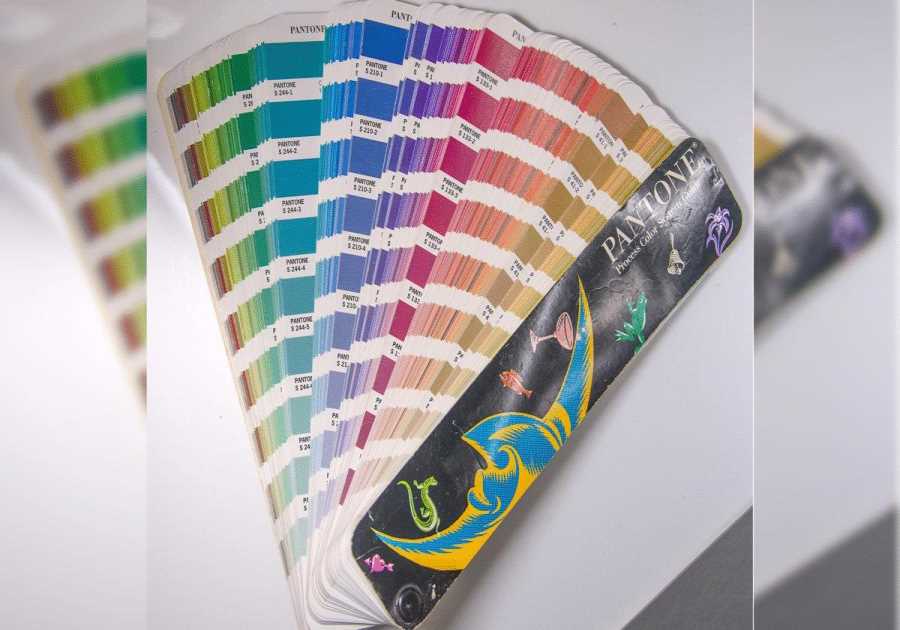National Institute of Ecology / Google Arts & Culture
- New images were released showing a "wildlife sanctuary" in Korea's demilitarized zone (DMZ).
- The project marks 70 years since the Korean armistice agreement split the nation between North and South.
- Photographs show many rare flowers and endangered animals living in the area.
The demilitarized zone between North and South Korea is currently no place for people — which is exactly why, 70 years after the Korean War armistice, rare flora and fauna have flourished on the untouched strip of land.
To mark the 70th anniversary of the end of active hostilities between North and South Korea, newly released images show a wildlife haven in the 160-mile-long buffer zone between the two countries surrounded by fences and landmines.
Released by Google Arts & Culture and several South Korea-based institutions, the striking images show high-level biodiversity in a 560-square-mile stretch of land that has remained undisturbed for several decades.
"After the Korean War, the DMZ had minimal human interference for over 70 years, and the damaged nature recovered on its own," the site said. "As a result, it built up a new ecosystem not seen around the cities and has become a sanctuary for wildlife."

National Institute of Ecology / Google Arts & Culture
The project also allows viewers to take a "virtual tour" of historical sites from the war and artwork based on people's experiences in the region.
The DMZ is home to plants and animals "completely unique to Korea" — 38% of which are endangered, Google said on the project site.
Unmanned cameras installed by the National Institute of Ecology show endangered cranes, musk deer, bears, and mountain goats, as well as otters that "move freely along the river" between the two countries, all among a wide range of habitats, including snowy mountains, wetlands, and forests.

DMZ Botanic Garden / Google Arts & Culture
These cameras also captured an Asiatic black bear for the first time in 20 years, researchers said, a species in rapid decline due to habitat destruction and poaching.
In all, 6,168 wildlife species of plants, mammals, birds, amphibians and reptiles, freshwater fish, benthic macroinvertebrates, and spiders live on the land.

Shutterstock
Environmental organizations and researchers continue to call for established environmental protection for the DMZ, but the process would require a collaboration between the two countries, according to CNN.
While peace talks in 2018 gave some hope for this possibility, the war between the two countries has not formally ended because the conflict concluded in an armistice rather than a peace treaty in 1953.
Read More
By: [email protected] (Isobel van Hagen)
Title: New images offer rare glimpse of the DMZ between North and South Korea where wild animals find peace and flourish
Sourced From: www.businessinsider.com/images-offer-rare-glimpse-thriving-flora-and-fauna-korean-dmz-2023-2
Published Date: Sun, 26 Feb 2023 19:21:40 +0000
Did you miss our previous article...
https://trendinginbusiness.business/politcal/man-utd-is-probably-worth-billions-less-than-what-its-owners-want-to-sell-it-for-study-suggests
.png)





